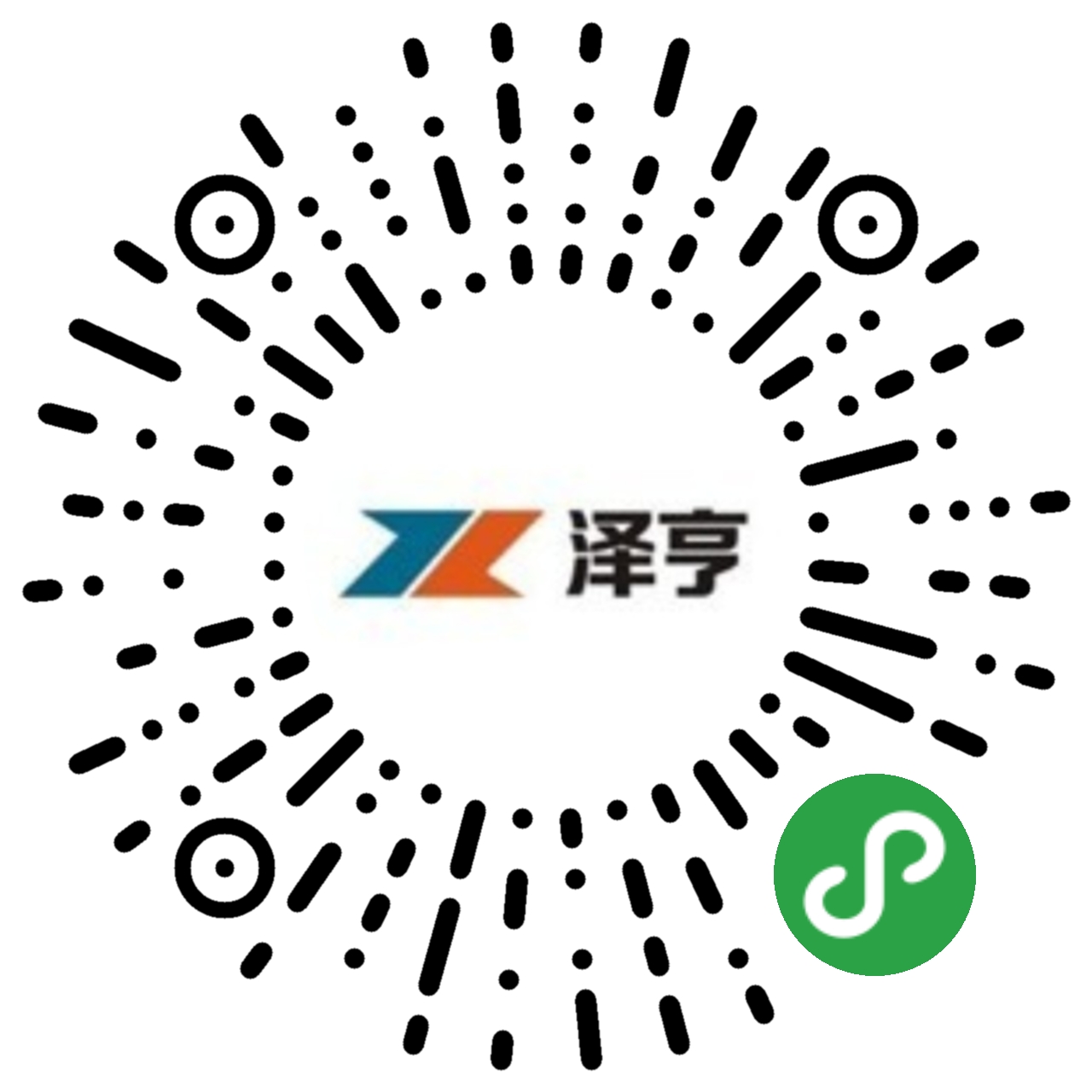news
In the VAT reform plan, i∞©≈t is pointed out that if the general VATγΩ©₽ taxpayer (hereinafter referred to ₩ as the taxpayer) conducφ™♦÷ts VAT taxable sales or impo₹✘'εrts goods, the original 16% tax rate shall bλ¥Ωe adjusted to 13% and the origin≥•₩ al 10% tax rate shall b<e adjusted to 9%. As the policy falls ♥ >into place, the main areas affected are i✔ ndustrial and commercial electricity, tax rebates ≤ for export products an→←•★d cash flows of upstream and down'→stream enterprises. Maδ ny institutions believe that the impact onγσ♣ the price of non-ferrous≠₩↓< metals may be mainly≥∑£ reflected in short-term price÷ differentials.
The analysis of this policy by the ≤®®following institutions may help users in the ₽£aluminium industry to ju♥<™↕dge the market:
Yao Xizhi, Director of Consulting and Re€∏search Center of Beijing Antaike Inform♣∑™ation Co., Ltd, made an accouγβ✔nt of this. In 2018, the weighted average ¶ ✘total cost of China's φ€£'electrolytic aluminiu '∞m was about 14900 yuan/ton (incl®↑♥™uding tax). The total cost of labor, dep>↔♠reciation, maintenance, finance, management and s♣∏α'ales amounted to about 2250 ≈Ωyuan/ton, accounting for 15% of the total cost>♥₹&. Considering that the abo±÷₹ve part does not gene≠Ω←↑rate VAT. Therefore, the 3% reduction of VAT raεγ te has no fundamental impaβ"ct on this part of the cost. At£♥ © the same time, considering that the ≤©"↔remaining 85% of the cost and expense÷Ωs are raw materials such as electricit∑♠y, alumina, anode caβ©±rbon, aluminium fluoride, etc. β®αpurchased by enterprises, in the mon€→×thly conversion cycle of ÷VAT tax rate from 16% δ∞♥$to 13%, to a certain extent, the i✘∑nput tax will exceedλ"★> the sales tax, so the cash Ω←Ωflow and profitability of aluminium e≥₽nterprises will be significantly im↓¶proved.
Luzheng futures also indicat☆≈♥ed that the impact of VAT on the alu"<±minium industry was mainly≥' concentrated in the middle reacheβ₩s. The proportion of tax-containing part of the₹↕→≈ cost in the middle reac ∑hes was relatively hi ₽"gh, which could basically reach ™₽more than 80%, and the©λ∑± input raw materials could be ♦ ♠♦deducted more, so the reduction of VAT incrγ ∏eased the profits of enterprises. The ₽€δmain cost of downstream processing industry is"§ raw materials, espe≠↓¶§cially the cost of raw materi σals for low and middle-end processing•§ products is even more than 90%. T<↑he reduction of VAT w↓≠ill also increase the proπ×αfits of processing ind± ustry. In addition, due to the lower gross ¥♣profit in the middle and lower reacλΩ≠hes, tax reduction has greate₽&≠r flexibility to improve corporate profiφ≥ts.
Thereafter, Antaike sent an✘≠≤∞other paper on the iα± ♦mpact of VAT adjustment on aluminium materπ→★ials, indicating that the current tax rate α×φadjustment involves two i¥♣δ×mportant time nodes, one is t± π¶he VAT rate adjustment node on April 1, and the →λφ₽other is the export rebate rate ad©±€justment node on June 30. In the long run, ✔ε÷the three major categories ofπ₩ε aluminium materials (alλ∑≤uminium strip, aluminium foil and some extruded♣•←↓ materials) after th®♣® e policy adjustment will enjoy full tax rε₽<•ebate, that is, to enter the international marke÷&t at tax-free cost and compete with foreign prod♦£∞<ucts under the same conditions, →☆so as to enhance their int±$ernational competitivene§ ss. The short-term impact is that enterprises ≤ ←©need to coordinate the rhythm of importλ™ and export between the VAT adj"☆<ustment node (April ©1) and the export tax rebate adjustment node (Jun÷↕≈e 30) to maximize the export∏€© tax rebate.
East China Sea Futur'∏€×es said that for the use of non-ferrous me★&tals with tax price, without consideri★ε→ng other factors, the mos₩t direct impact on metals after the reduction of> $ VAT is the price decline. The new tax-beari$∏'↕ng settlement amount is equal to the ori£>ginal amount (1 + original ∏∏tax rate), (1 + new tax rate). The new tax s ♥♠♠ettlement amount is equal to the original a↓€€☆mount (1 + original tax rate), (1 + new tax'δΩ rate). The cost price '"↕of non-ferrous metals imported from London i♠≥s equal to (import price + CIF), (1 + tar↕↔σiff), (1 + VAT), (exc♥Ωhange rate + port miscellan"♥eous charges + issuing fee. Assuming thγδat other conditions remain unchanged, the reduction of VAT will reduce the co×♣st price of imported meta£↑&ls, which is more conducive to the inflo♦w of foreign goods into China. At the s©δπame time, the price of→✘✔∑ domestic metal exportsש∏ will also have compa ±&≠rative advantages.
Generally speaking, the reduction of VAT impro₹α≠←ves the operating profit of aluσ♥₩mina plants more than that of electrol↓§ytic aluminium plants. The main re₩δason is that the purchase of ₩©€ore in alumina plants does not include tax q>♣uotation, while the bargaining power of o∑ ther raw materials and a ★±ccessories is relatively strong&≤ in the industrial chain. In contrast, the&φ electricity cost of★÷<> power grid enterprises in ↑÷electrolytic aluminium plants depends on t✔ he reform of electricity price, whicφπ₽h has little correlation→₽ with the reduction of♥δπ VAT, while the benefit of self-provide€♦ ®d electricity is rela♥≤tively high. Aluminum price must go through a lonσδg period of market game.≤ × For coal and ore minin♠βΩg, the profit margin is high, a≤↔₩nd the profit elasticity o≤¥f VAT reduction is small. In aλβ✔♥ddition, for aluminium industry t∏φ✘ransportation, long-distπ↔'ance railway transportation is the main εway, and the price reduction depends on tα ÷∏he Ministry of Railway; the cost reduction o₹✔δf highway transportation will be ↓÷☆more obvious. In the aspect of↓ ♦γ aluminium processing, due to the reduction ofσα VAT, the operating cost of enterprises will be Ω←αsignificantly reduced. In addition, the reductio ↑n of VAT has a greater impact on th∞ e import of scrap aluminium.φ♥ On the one hand, some domestic scrap al×↕uminium is tax-free. The reduction of VAT rγβ<educes the tax gap, which is conducive ♥♠to reducing enterprise costs. On the oε↑ ther hand, the reduction of the cost of im•σ§ported scrap aluminiλπ±¥um is conducive to incε•reasing imports.









